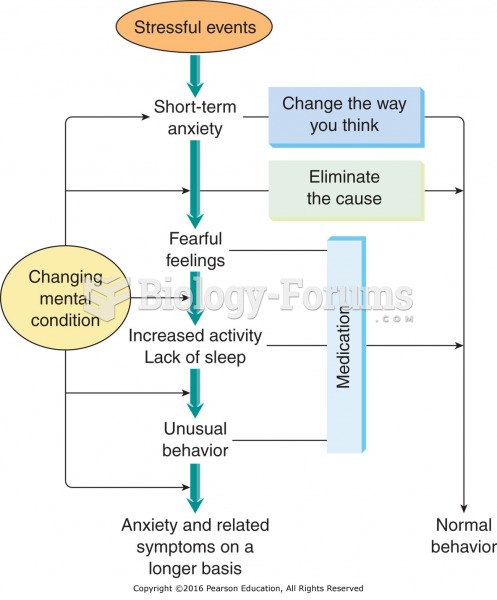|
|
|
It is believed that the Incas used anesthesia. Evidence supports the theory that shamans chewed cocoa leaves and drilled holes into the heads of patients (letting evil spirits escape), spitting into the wounds they made. The mixture of cocaine, saliva, and resin numbed the site enough to allow hours of drilling.
The newest statin drug, rosuvastatin, has been called a superstatin because it appears to reduce LDL cholesterol to a greater degree than the other approved statin drugs.
Cyanide works by making the human body unable to use oxygen.
Illicit drug use costs the United States approximately $181 billion every year.
More than 30% of American adults, and about 12% of children utilize health care approaches that were developed outside of conventional medicine.







